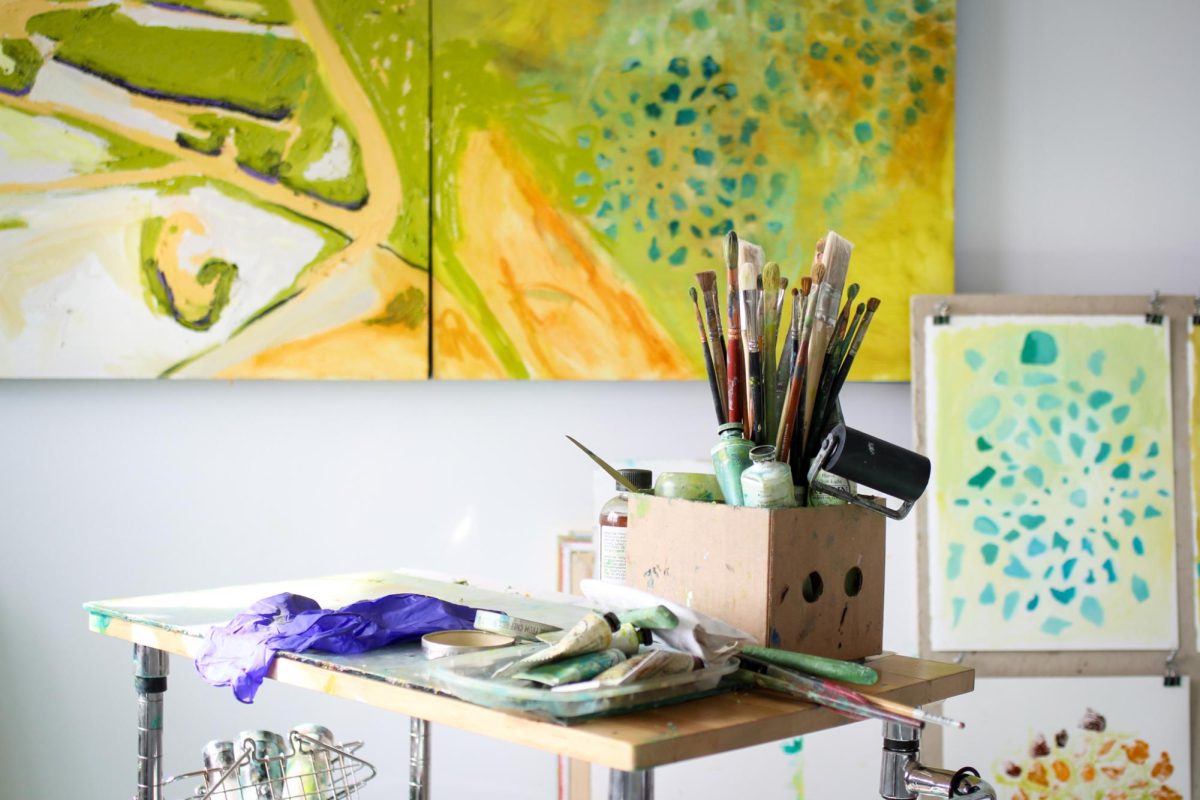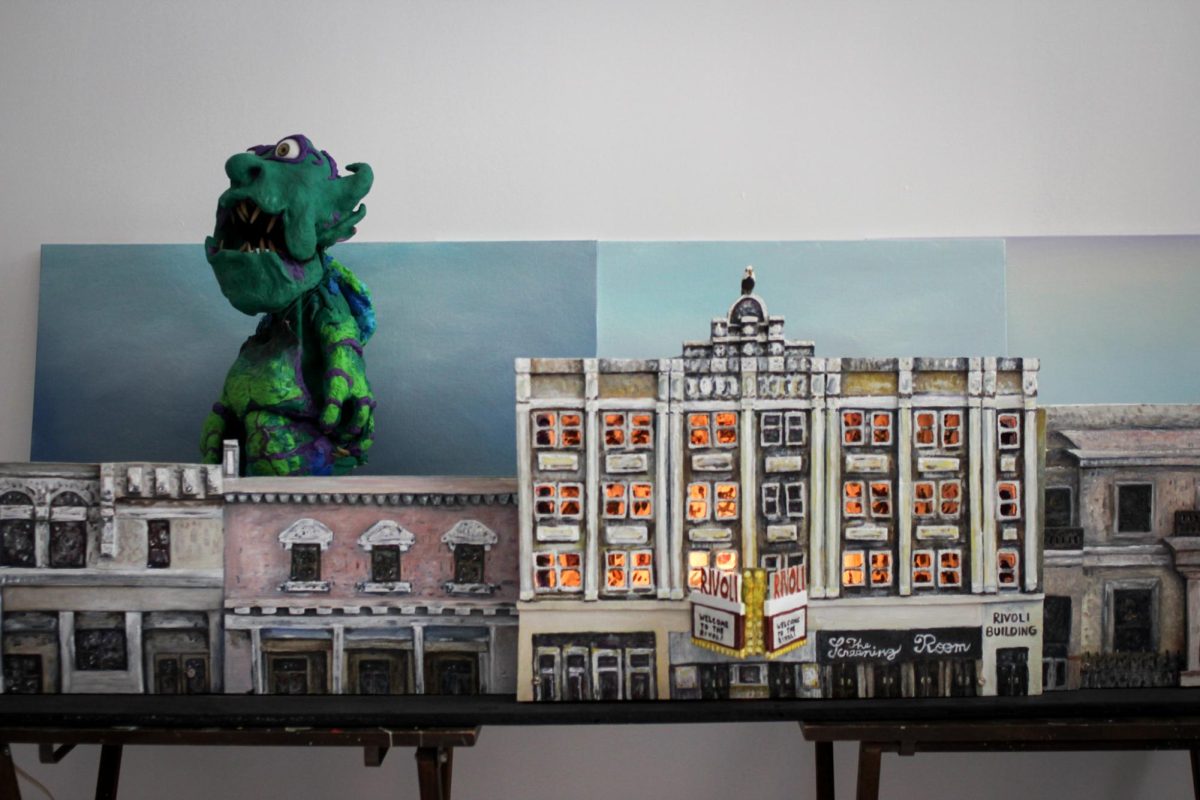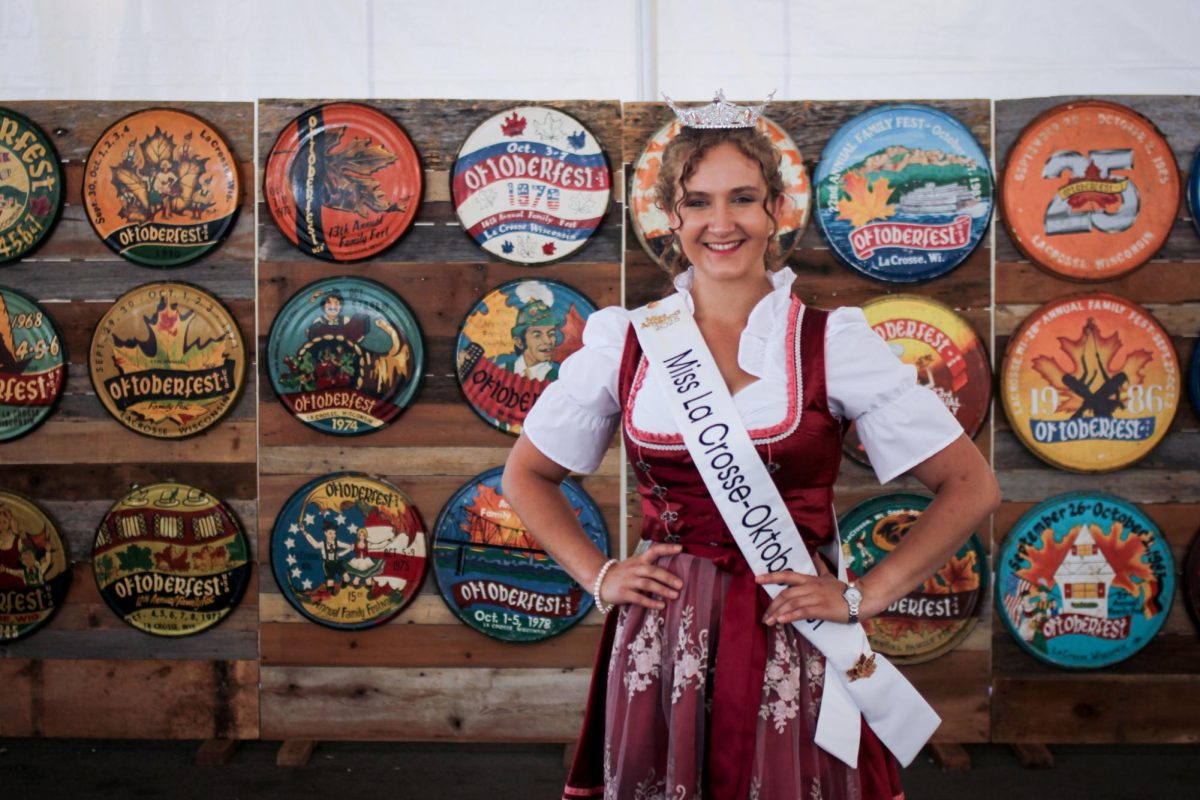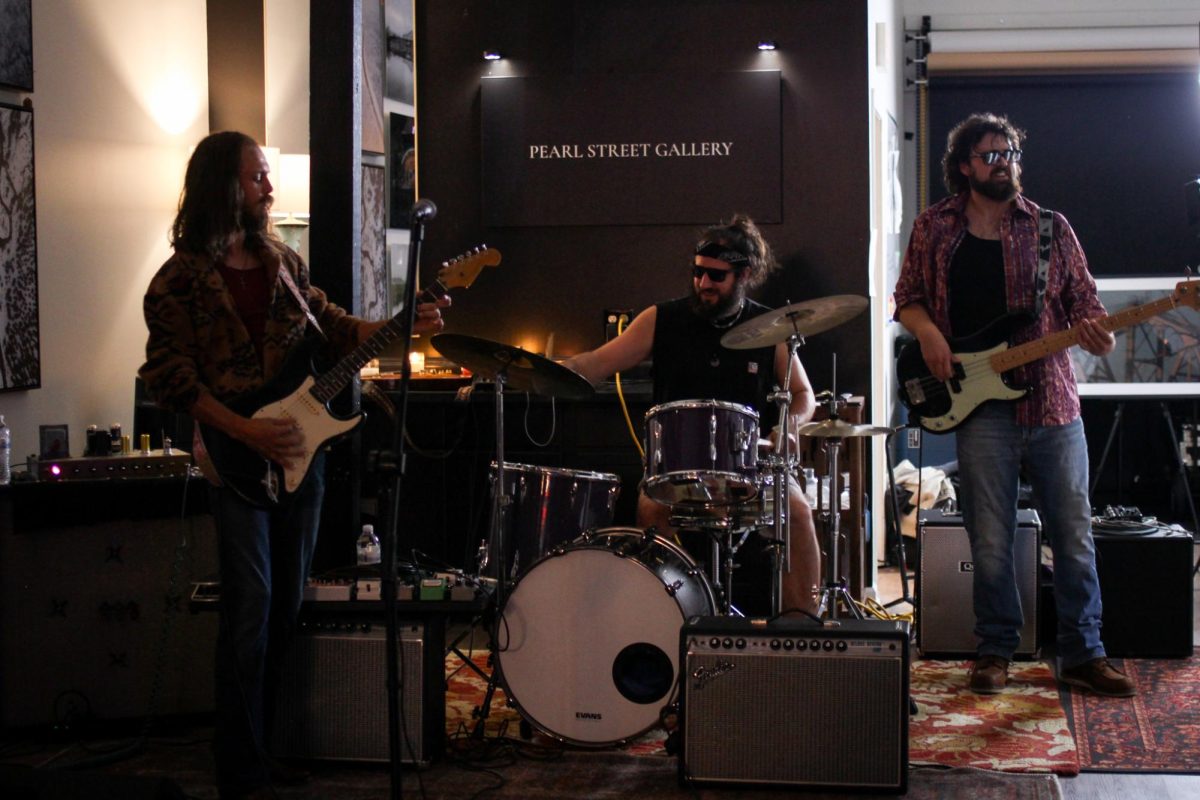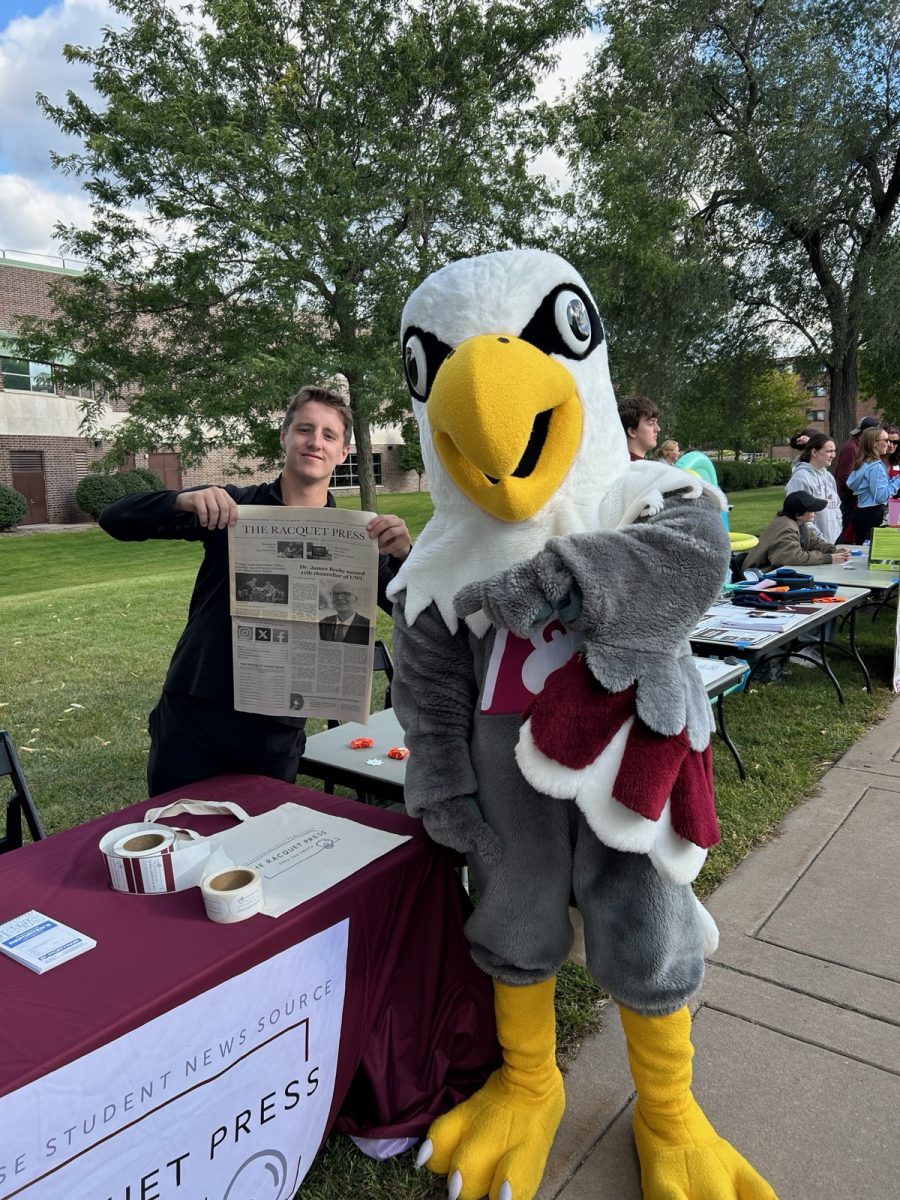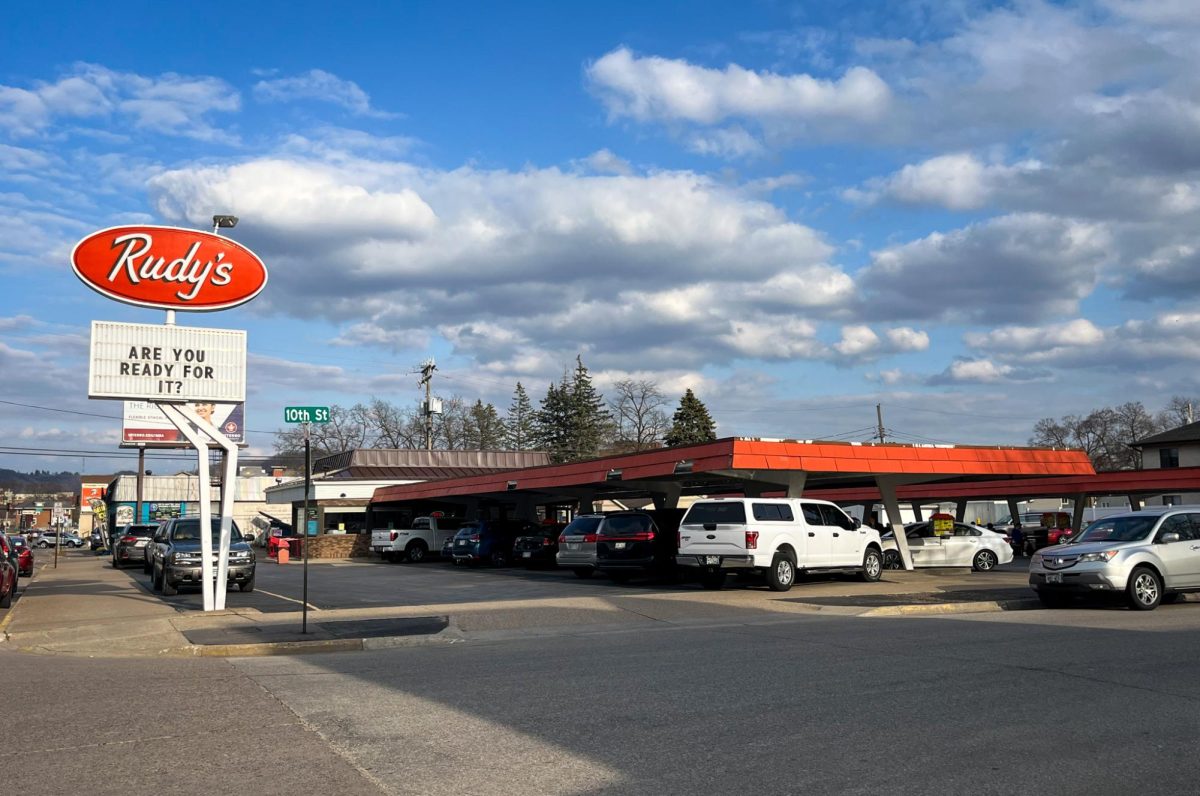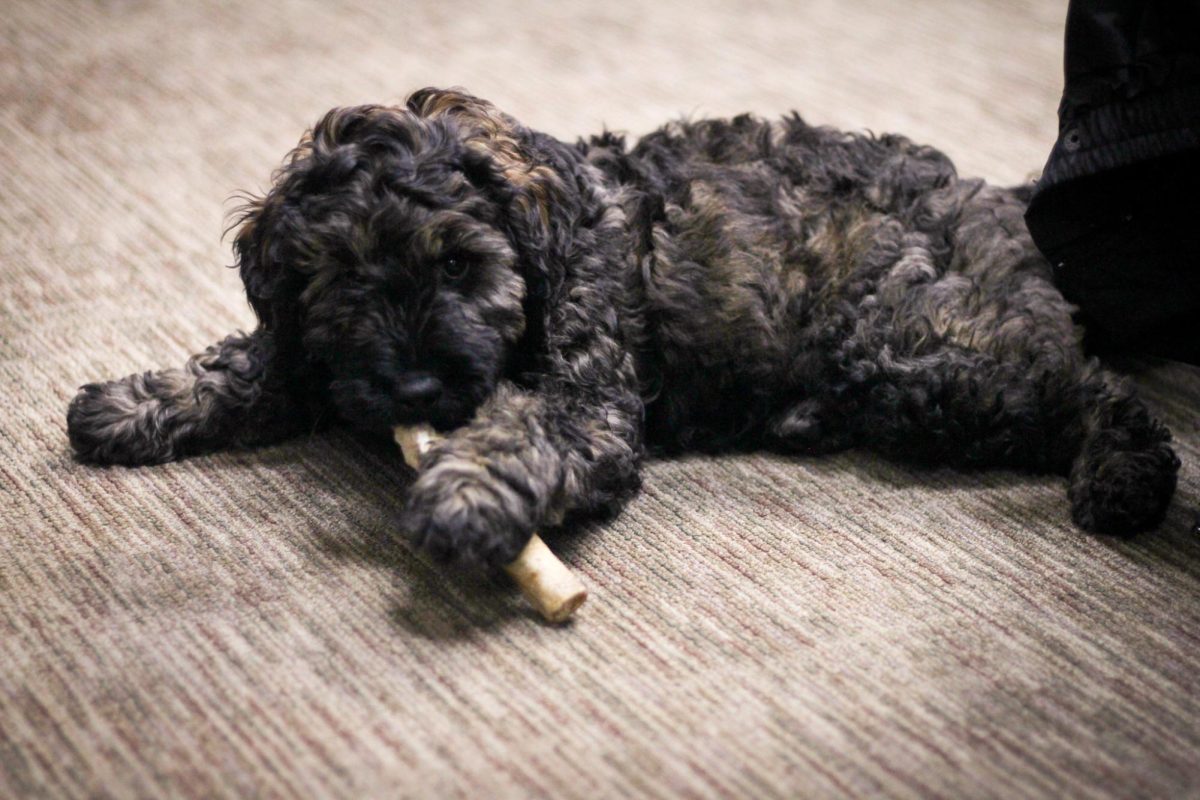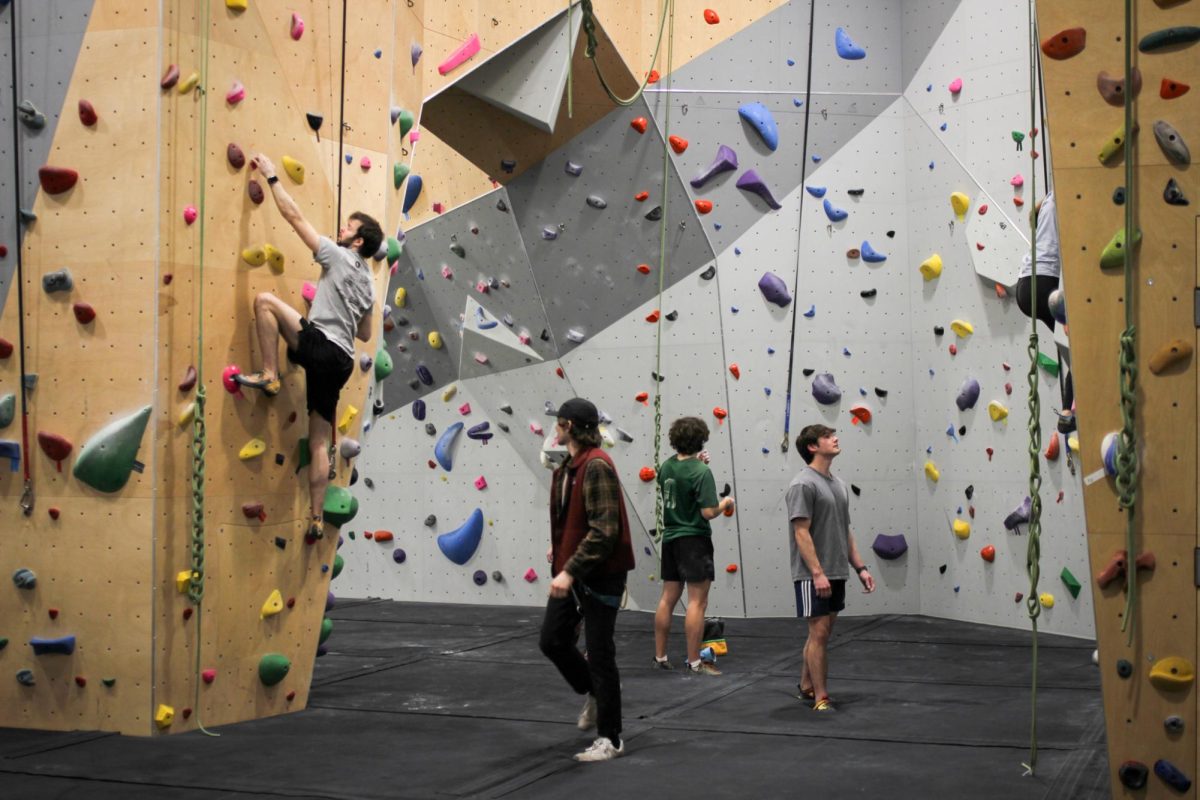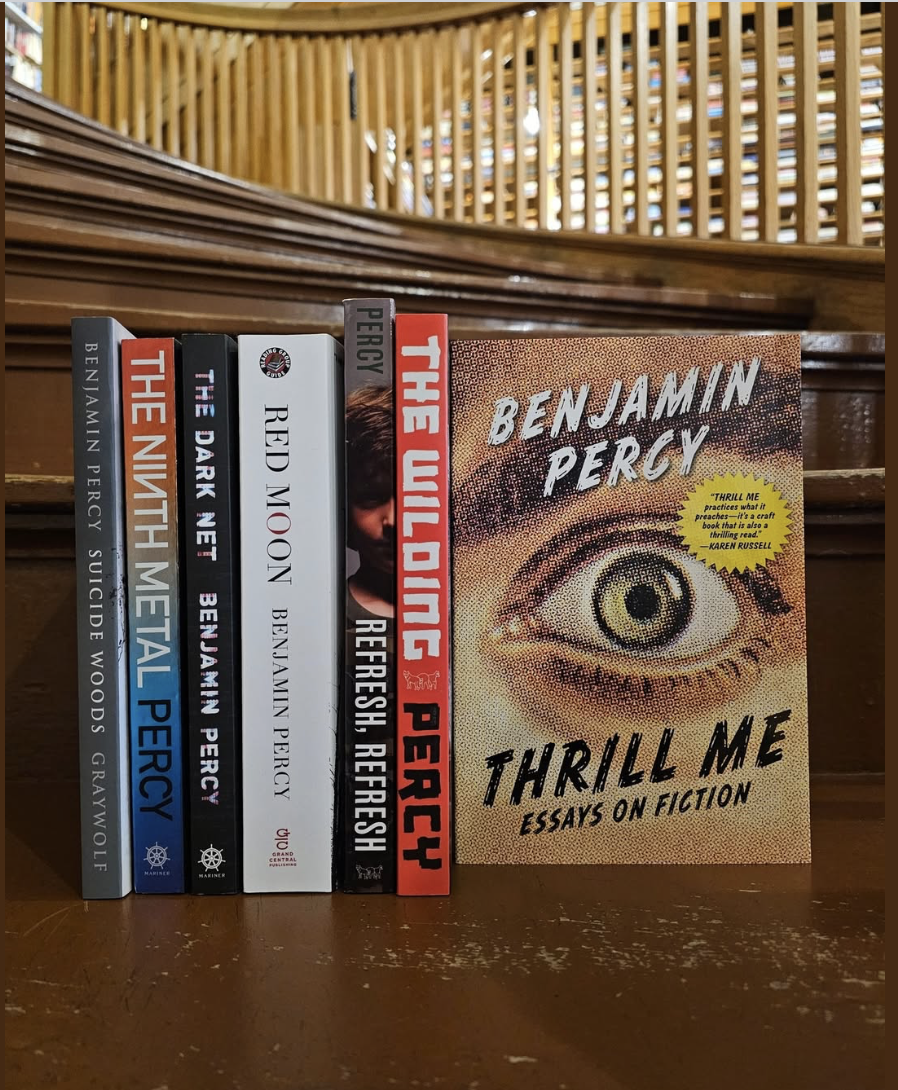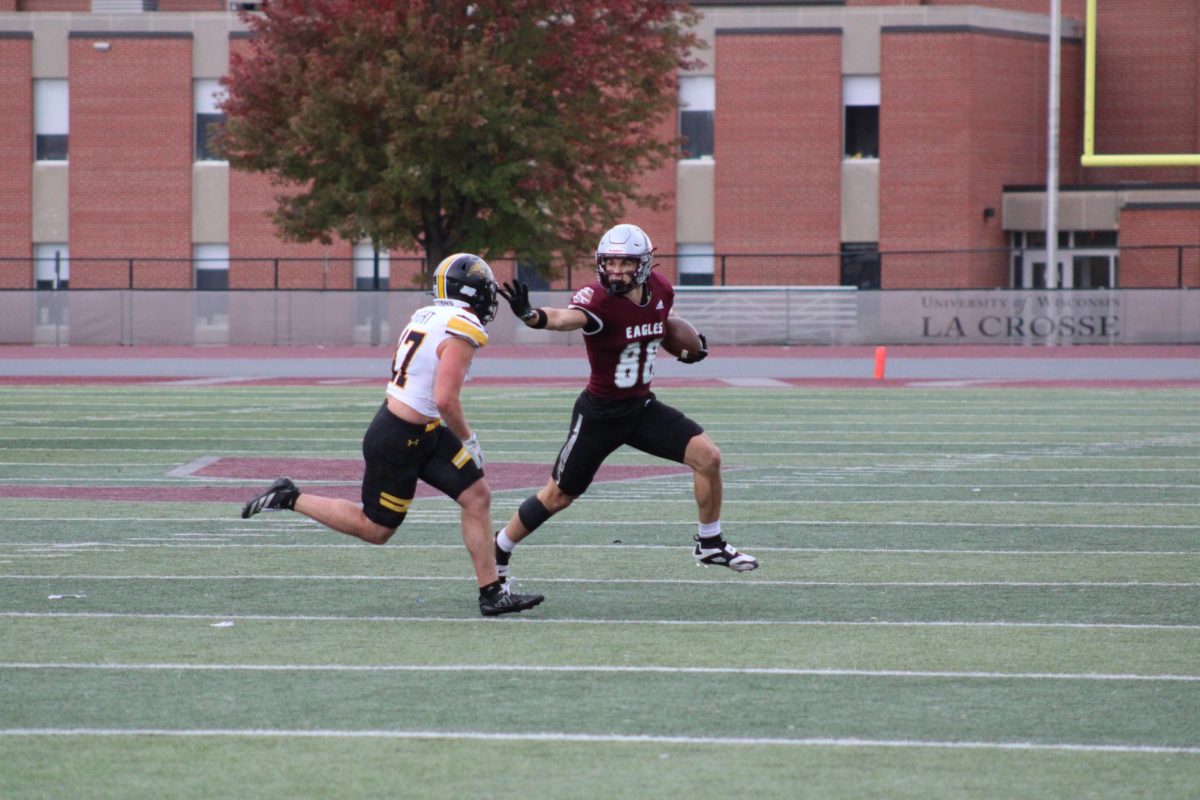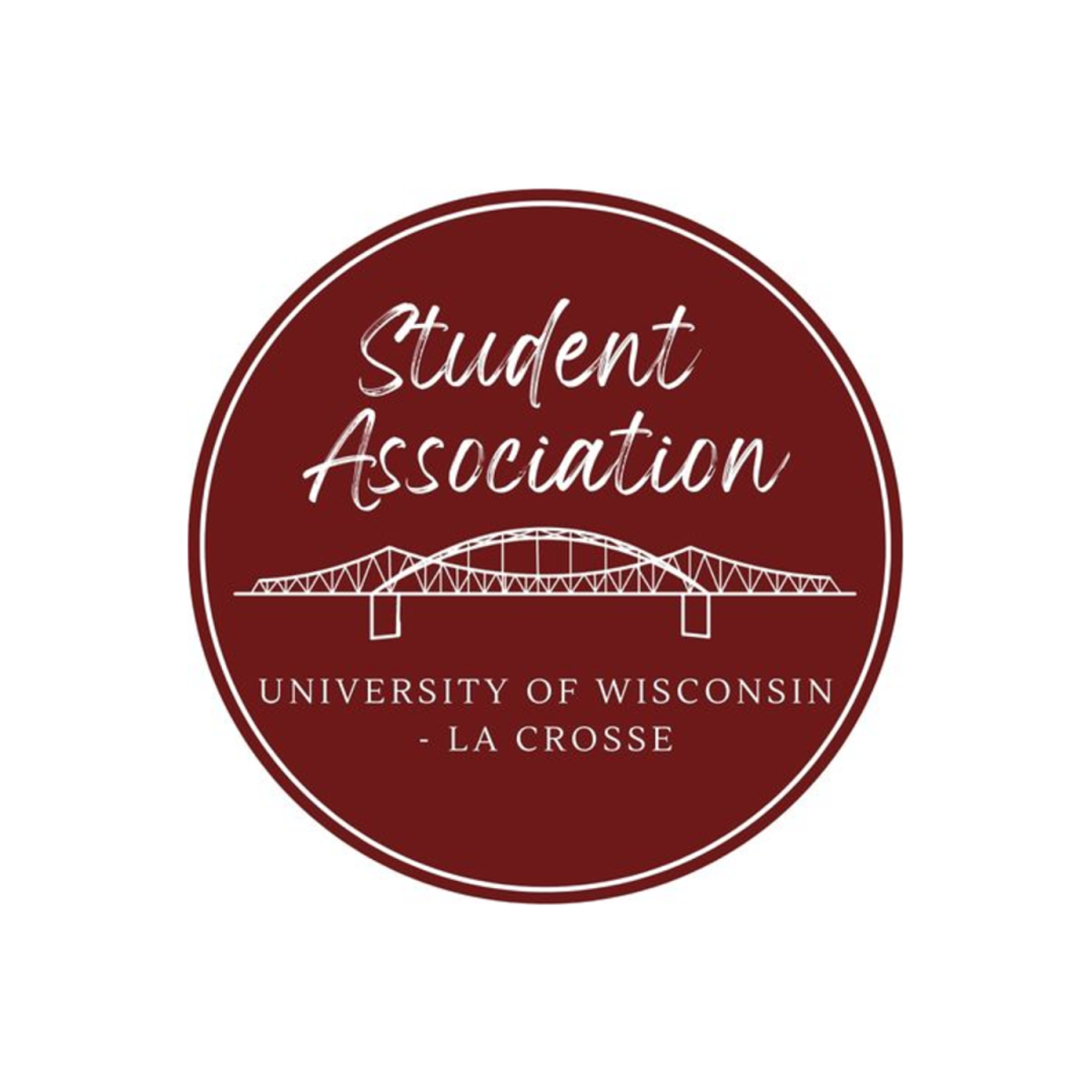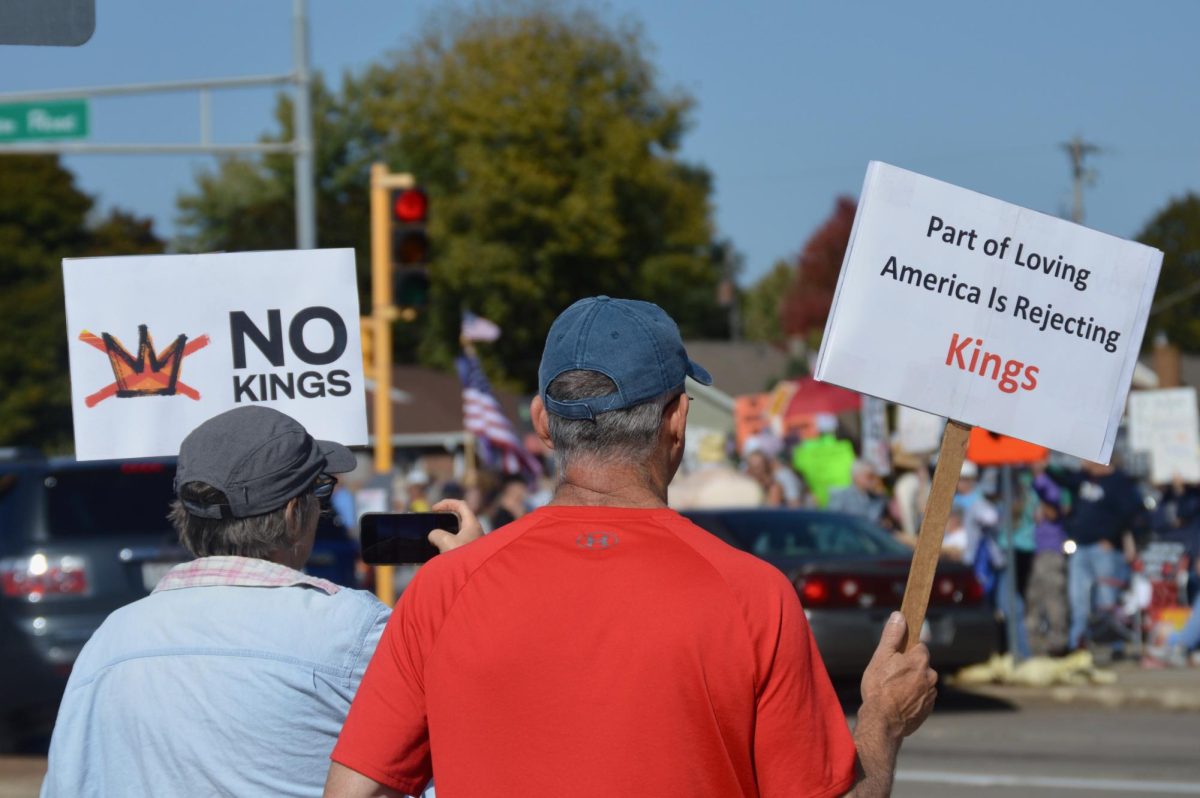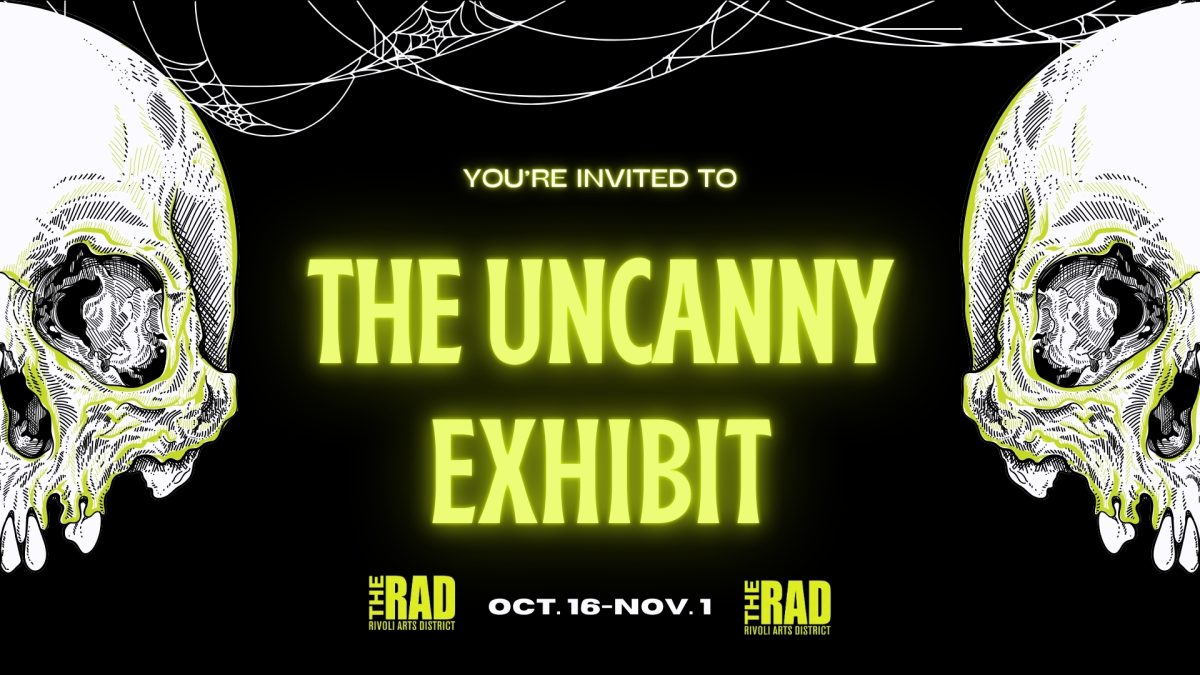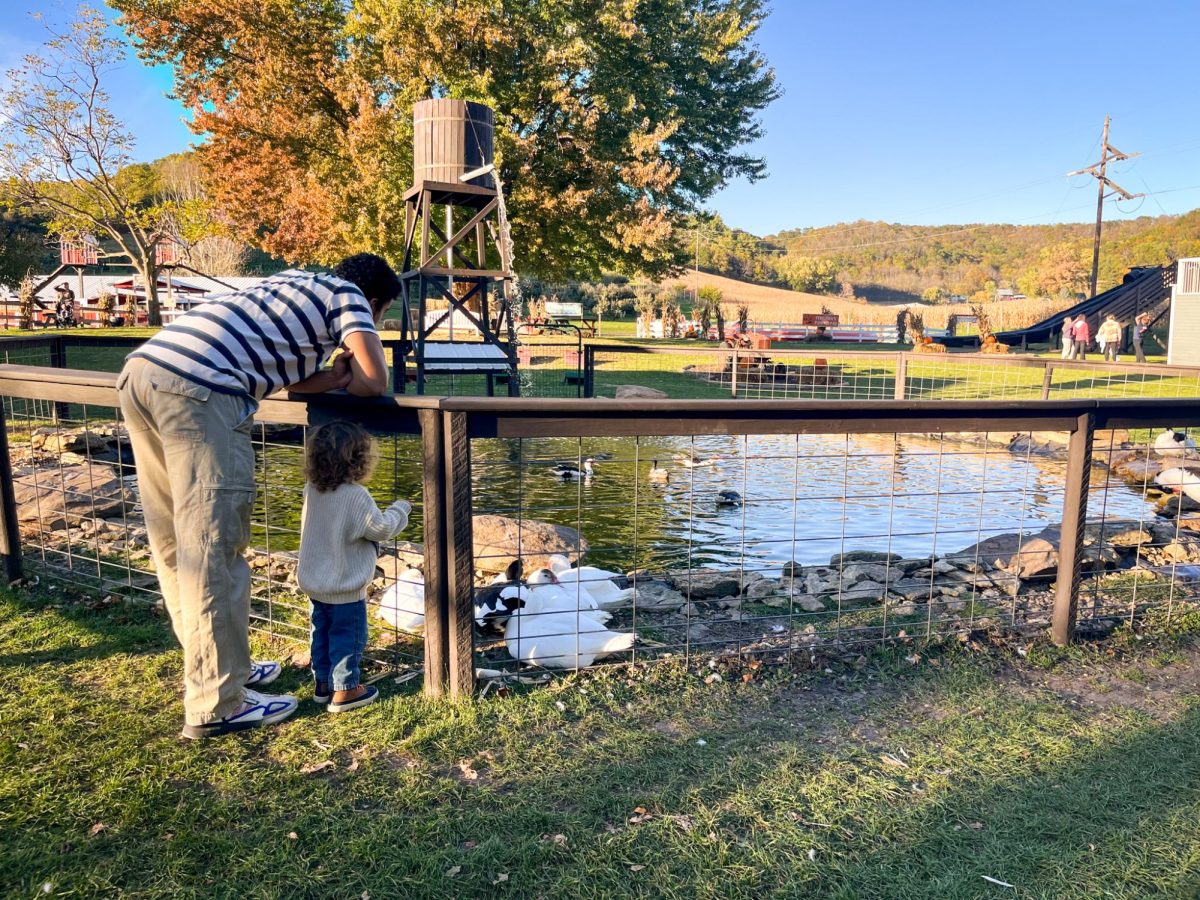La Crosse has several art galleries, fairs and creative events for the community, but with the beginning of the Rivoli Arts District (RAD), many have hopes that La Crosse will be put on the map as a city that supports fine arts.
“We want to make La Crosse an artist’s safe haven so they can stay and work and grow here,” said Teddy Eck, Executive Director of the La Crosse Film Academy and Rivoli Arts District.
The RAD is an artist’s hub, a collection of local artists with creative studios in the Rivoli building. While many larger cities have artist’s hubs or art residency programs, something like the RAD is rare for a smaller city like La Crosse.
“The artists are here. We’re just creating a space for them,” said Eck. “We want the artists to have agency and their own space to be able to gather and create safely.”
The RAD has already brought artists together with its affordable studio spaces in the Rivoli building. While many are familiar with the Rivoli Theatre, people may not know there is more to the Rivoli building than the theatre itself.
The Rivoli Theatre was built in the 1920s, but the part of the building the RAD is housed in was built in the 1930s and originally used to track the stock market. In the 1950s and 60s it became a dentist’s office, and then beginning in the 80s, the many rooms and office spaces were rented to various businesses.
Now the space houses 30 art studios between the third and fourth floors and is also home to the La Crosse Film Academy on the second floor. While renovations are still ongoing, the artists were able to move in this winter and host a couple of soft openings with the grand opening to be held at the beginning of September 2025.
While the RAD is just in its infancy stage, there are many plans and ideas floating around of what it could become. There will be figure drawing sessions twice a month starting in May, and are talks of a creative space that would host workshops and a gallery space for artists.
Most importantly, the RAD gives the artists of La Crosse a sense of community as they come together to work and grow in this space.
Sabrina Bruehling, a RAD artist and UWL alumni, said, “There’s a lot of artists who can get away with doing it on a living room table, and some that probably prefer that, but I think a big majority of people want community and connection and get fired up from it.”
“Being a part of a greater artist community rather than having a more secluded studio makes a big difference to me as an artist… I’m really grateful that we have this,” said RAD Artist Jennifer Williams, who also works as a professor of art at the University of Wisconsin-La Crosse.
RAD artists have already come together to make the space their home. Art is hung and displayed in common areas, and at least one mural is already in the works. Eck stated that all of the walls were left white with primer in hopes that artists would paint on the walls and make the space their own.
“We love the building and the historical charm, but we don’t want it to be too precious that no one can create… we want it to be home. We want artists to be able to create and play,” said Eck.
RAD Artist and UWL Assistant Professor of Art Zachary Stenson said, “It’s just nice to have a space like this to come to. It has beautiful windows and light, and it’s a nice blank slate, but it doesn’t feel stale or lifeless. The building has a sort of energy you can sense when you’re here.”
All types of artists can be found in the RAD from painters to illustrators to textile artists and more. While the walls of every studio start the same, it’s like peeking into the artist’s mind when walking into their unique space.
UWL Student Evelyn Van Ess said, “You have the original architecture, but then all the artists make it come to life with their art. It’s so cool to see.”
On the second floor, the La Crosse Film Academy has yet to be filled with art, but they have already begun collaborating with the RAD on a different project.
The film academy and the RAD are working together to create RAD TV with goals to highlight artists and market them and their work.
With inspiration from Bob Ross, ideas for RAD TV include watching artists work in their studios along with interviews where the artist would talk through their methods and what they do to create a piece of artwork.
The initiative is great for both organizations, giving film and production experience to the Film Academy members and additional exposure to the RAD artists.
The RAD is also forming relationships with other creative spaces in town including the Pump House Regional Arts Center, River City Gallery and All Glazed Up. Since the beginning of the RAD, conversations were brought up about how they could support the other businesses in town without stepping on any toes.
“We are trying to be very sensitive with what we do. We want to lift everyone up, not compete,” said Eck.
In creating this creative hub for artists, the RAD is already doing something La Crosse has never seen before. According to the artists at the RAD, what they are doing is vital for the community, too.
“Art is something that is so important to honor as a community because it really is what dissolves boundaries and brings us into better communication with ourselves and with each other,” said Williams.
“[Art] is another way to speak your truth, and we all want to feel heard. There will be a lot of voices in here, which is so exciting, and hopefully that inspires other people to make what is in their soul,” said Bruehling.
Art students who visited the RAD have already been inspired by the collective of artists and are seeing the community support of the arts through what is happening there.
“It’s reassuring that there’s actually opportunities for artists and that it’s attainable, and you could possibly have a space like this in the future,” said UWL Student Natalie Giddings.
Opportunities for students at the RAD will begin to develop as the RAD officially opens and becomes available to the public. There is talk of internship opportunities or part time employment along with the potential studio space and additional gallery space to show artwork off campus.
“I’m excited for the Rivoli to be associated with art in La Crosse… it’s sort of the artistic hub of La Crosse,” said Stenson. “I look forward to putting La Crosse’s name on the map as a destination and a city that supports the arts.”
A list of the RAD Artists and their specialties can be found below:
Luke Sampson – short form video and podcast
Karlee Mikkelson – photography
Lane Brabbit – pottery
Sandra Scanoni – painter
Raina Thelen – jewelry and painting
Duncan Wannamaker and Isabel Lluch
Srna and Dylan – photography
Tina Weisensel, Sarah Boge and Dayna Bosshard – interior design
Dylan Overhouse and Mike Calarco – video and photography
Phillip Vircks – illustrator
Dustin Karls
Ellen Cervantes – painter
Cami Fuller – crochet art
Julie Schroeder and Lisa Gendersen – weaving
Sarah Jaiteh and Josh Bliskember – photography and performance art
Hanna Compton – fashion and textiles
Landon Sheely – artist, propagandist and tattoo maker
Jennifer Williams – painter
Erich Boldt – various art, drawing, painting and illustrating
Elayne Stevens – block and abstract painting
Sabrina Bruehling – mixed media
Jacqui Marcou – city public arts coordinator
Juliet Maya – painting
Zachary Stenson – printmaking
Ryan Black and Eva Black – full-service branding studio
Kae Creech – knitting
Andrew Rueter – antique mechanica
Chuck LaCasse – video and film production

